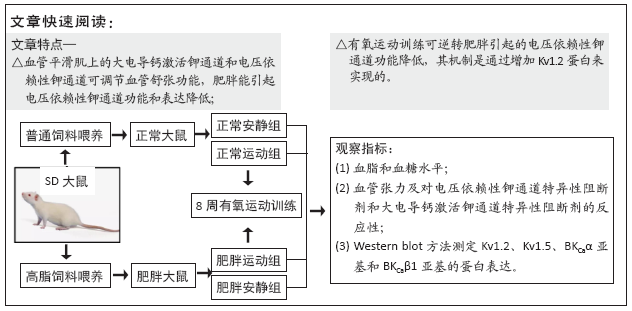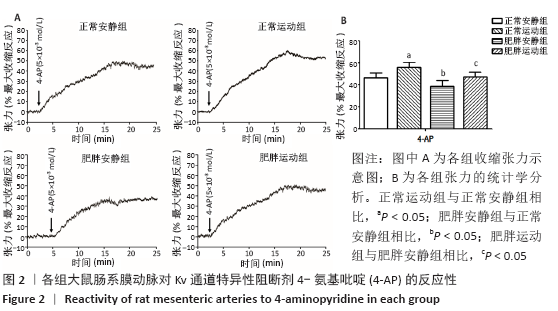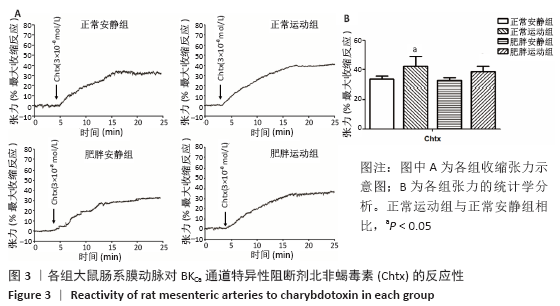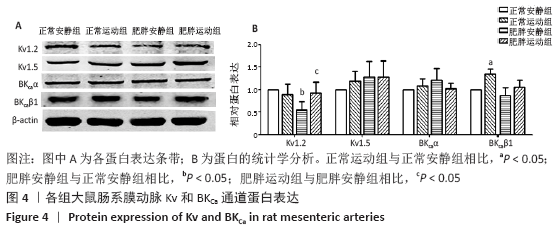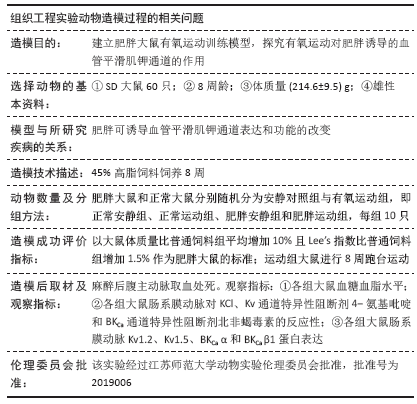[1] HANSEN AR, RUSTIN C, OPOKU ST, et al. Trends in US adults with overweight and obesity reporting being notified by doctors about body weight status, 1999-2016. Nutr Metab Cardiovasc Dis. 2020;30(4):608-615.
[2] SERAVALLE G, GRASSI G. Obesity and hypertension. Pharmacol Res. 2017;122:1-7.
[3] VECCHIÉ A, DALLEGRI F, CARBONE F, et al. Obesity phenotypes and their paradoxical association with cardiovascular diseases. Eur J Intern Med. 2018;48:6-17.
[4] FOX CS, COADY S, SORLIE PD, et al. Increasing cardiovascular disease burden due to diabetes mellitus: the Framingham Heart Study. Circulation. 2007;115(12):1544-1550.
[5] DAVEL AP, WENCESLAU CF, AKAMINE EH, et al. Endothelial dysfunction in cardiovascular and endocrine-metabolic diseases: an update. Braz J Med Biol Res. 2011;44(9):920-932.
[6] CABALLERO AE. Endothelial dysfunction in obesity and insulin resistance: a road to diabetes and heart disease. Obes Res. 2003;11(11):1278-1289.
[7] HAMDY O, LEDBURY S, MULLOOLY C,et al. Lifestyle modification improves endothelial function in obese subjects with the insulin resistance syndrome. Diabetes Care. 2003;26(7):2119-2125.
[8] BRIONES AM, ARAS-LÓPEZ R, ALONSO MJ, et al. Small artery remodeling in obesity and insulin resistance. Curr Vasc Pharmacol. 2014;12(3):427-437.
[9] ZWEIER JL, ILANGOVAN G. Regulation of Nitric Oxide Metabolism and Vascular Tone by Cytoglobin. Antioxid Redox Signal. 2020;32(16):1172-1187.
[10] ZHU Y, YE P, CHEN SL, et al. Functional regulation of large conductance Ca(2+)-activated K(+) channels in vascular diseases. Metabolism. 2018;83:75-80.
[11] NIEVES-CINTRÓN M, SYED AU, NYSTORIAK MA, et al. Regulation of voltage-gated potassium channels in vascular smooth muscle during hypertension and metabolic disorders. Microcirculation. 2018;25(1):1-17.
[12] 郭艳军,刘菁菁,万晗星,等. Kv1.1及Kv1.3通道亚型对小鼠肠系膜微细动脉的调节作用[J].第三军医大学学报,2018,40(3):190-197.
[13] BERWICK ZC, DICK GM, MOBERLY SP, et al. Contribution of voltage-dependent K⁺ channels to metabolic control of coronary blood flow. J Mol Cell Cardiol. 2012;52(4):912-919.
[14] FRISBEE JC, MAIER KG, STEPP DW. Oxidant stress-induced increase in myogenic activation of skeletal muscle resistance arteries in obese Zucker rats. Am J Physiol Heart Circ Physiol. 2002;283(6):H2160-2168.
[15] LU T, YE D, HE T, et al. Impaired Ca2+-dependent activation of large-conductance Ca2+-activated K+ channels in the coronary artery smooth muscle cells of Zucker Diabetic Fatty rats. Biophys J. 2008;95(11):5165-5177.
[16] LOPEZ-NAVA G, ASOKKUMAR R, LACRUZ T, et al. The effect of weight loss and exercise on Health-Related Quality of Life (HRQOL) following Endoscopic Bariatric Therapies (EBT) for obesity. Health Qual Life Outcomes. 2020;18(1):130.
[17] SAID MA, ABDELMONEEM M, ALIBRAHIM MC, et al. Effects of diet versus diet plus aerobic and resistance exercise on metabolic syndrome in obese young men. J Exerc Sci Fit. 2020;18(3):101-108.
[18] RAMÍREZ-VÉLEZ R, CASTRO-ASTUDILLO K, CORREA-BAUTISTA JE, et al. The Effect of 12 Weeks of Different Exercise Training Modalities or Nutritional Guidance on Cardiometabolic Risk Factors, Vascular Parameters, and Physical Fitness in Overweight Adults: Cardiometabolic High-Intensity Interval Training-Resistance Training Randomized Controlled Study.J Strength Cond Res. 2020 Mar 12. doi: 10.1519/JSC.0000000000003533. Online ahead of print.
[19] 房华玉,徐建方,王晓静,等.大强度间歇运动对肥胖大鼠骨骼肌AMPK/PGC-1α通路的影响[J].中国运动医学杂志,2020,39(2):124-132.
[20] ZHANG Y, CHEN Y, XU Z, et al. Chronic exercise mediates epigenetic suppression of L-type Ca2+ channel and BKCa channel in mesenteric arteries of hypertensive rats. J Hypertens. 2020 May 7. doi: 10.1097/HJH.0000000000002457. Online ahead of print.
[21] MARCHIO P, GUERRA-OJEDA S, VILA JM, et al. Chronic exercise impairs nitric oxide pathway in rabbit carotid and femoral arteries. J Physiol. 2018;596(18):4361-4374.
[22] LI N, LIU B, XIANG S,et al. Similar enhancement of BK(Ca) channel function despite different aerobic exercise frequency in aging cerebrovascular myocytes. Physiol Res. 2016;65(3):447-459.
[23] 朱磊,路瑛丽,冯连世,等.不同配方高脂饲料构建SD大鼠肥胖模型的实验研究[J].中国运动医学杂志,2016,35(7):642-647.
[24] GAREKANI ET, MOHEBBI H, KRAEMER RR, et al. Exercise training intensity/volume affects plasma and tissue adiponectin concentrations in the male rat. Peptides. 2011;32(5):1008-1012.
[25] BHATTA A, YAO L, XU Z, et al. Obesity-induced vascular dysfunction and arterial stiffening requires endothelial cell arginase 1. Cardiovasc Res. 2017;113(13): 1664-1676.
[26] KURIYAMA H, KITAMURA K, NABATA H. Pharmacological and physiological significance of ion channels and factors that modulate them in vascular tissues. Pharmacol Rev. 1995;47(3):387-573.
[27] YANG Y, JONES AW, THOMAS TR, et al. Influence of sex, high-fat diet, and exercise training on potassium currents of swine coronary smooth muscle. Am J Physiol Heart Circ Physiol. 2007;293(3):H1553-1563.
[28] KO EA, PARK WS, FIRTH AL, et al. Increased sensitivity of serotonin on the voltage-dependent K+ channels in mesenteric arterial smooth muscle cells of OLETF rats. Prog Biophys Mol Biol. 2010;103(1):88-94.
[29] HEAPS CL, JEFFERY EC, LAINE GA, et al. Effects of exercise training and hypercholesterolemia on adenosine activation of voltage-dependent K+ channels in coronary arterioles. J Appl Physiol (1985). 2008;105(6):1761-1771.
[30] LI Z, LU N, SHI L. Exercise training reverses alterations in Kv and BKCa channel molecular expression in thoracic aorta smooth muscle cells from spontaneously hypertensive rats. J Vasc Res. 2014;51(6):447-457.
[31] NELSON MT, QUAYLE JM. Physiological roles and properties of potassium channels in arterial smooth muscle. Am J Physiol. 1995;268(4 Pt 1):C799-822.
[32] SZADO T, MCLARNON M, WANG X, et al. Role of sarcoplasmic reticulum in regulation of tonic contraction of rabbit basilar artery. Am J Physiol Heart Circ Physiol. 2001;281(4):H1481-1489.
[33] RUSCH NJ. BK channels in cardiovascular disease: a complex story of channel dysregulation. Am J Physiol Heart Circ Physiol. 2009;297(5):H1580-1582.
[34] BORBOUSE L, DICK GM, ASANO S, et al. Impaired function of coronary BK(Ca) channels in metabolic syndrome. Am J Physiol Heart Circ Physiol. 2009;297(5): H1629-1637.
[35] BORBOUSE L, DICK GM, PAYNE GA, et al. Contribution of BK(Ca) channels to local metabolic coronary vasodilation: Effects of metabolic syndrome. Am J Physiol Heart Circ Physiol. 2010;298(3):H966-973.
[36] OZKOR MA, MURROW JR, RAHMAN AM, et al. Endothelium-derived hyperpolarizing factor determines resting and stimulated forearm vasodilator tone in health and in disease. Circulation. 2011;123(20):2244-2253.
[37] NYSTORIAK MA, NIEVES-CINTRÓN M, NYGREN PJ, et al. AKAP150 contributes to enhanced vascular tone by facilitating large-conductance Ca2+-activated K+ channel remodeling in hyperglycemia and diabetes mellitus. Circ Res. 2014; 114(4):607-615.
[38] CLIMENT B, SÁNCHEZ A, MORENO L, et al. Underlying mechanisms preserving coronary basal tone and NO-mediated relaxation in obesity: Involvement of β1 subunit-mediated upregulation of BKCa channels. Atherosclerosis. 2017;263:227-236.
[39] LI N, SHI Y, SHI L, et al. Effects of aerobic exercise training on large-conductance Ca(2+)-activated K (+) channels in rat cerebral artery smooth muscle cells. Eur J Appl Physiol. 2013;113(10):2553-2563.
[40] CHEN SJ, WU CC, YEN MH. Exercise training activates large-conductance calcium-activated K(+) channels and enhances nitric oxide production in rat mesenteric artery and thoracic aorta. J Biomed Sci. 2001;8(3):248-255.
[41] 李珊珊. 运动诱导大鼠心血管和胸主动脉平滑肌细胞功能重塑[D]. 北京:北京体育大学, 2011.
[42] SHI L, ZHANG Y, LIU Y, et al. Exercise Prevents Upregulation of RyRs-BKCa Coupling in Cerebral Arterial Smooth Muscle Cells From Spontaneously Hypertensive Rats. Arterioscler Thromb Vasc Biol. 2016;36(8):1607-1617.
[43] 刘晓东.有氧运动对衰老大鼠心血管功能和肠系膜动脉反应性的影响[D].北京: 北京体育大学, 2013. |
